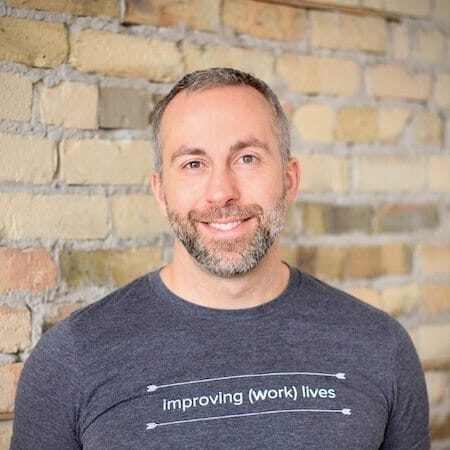I watched a very intriguing TED Talk this month entitled: The surprising workforce crisis of 2030 – and how to start solving it now. It was delivered by Rainer Strack, a global leader at the Boston Consulting Group on the topic of HR. A brief overview:
- Year 2030 is when the highest employee population will be retiring (using Germany as an example) – the 2030 working population “is already set in stone today” resulting in a significantly declining labor supply.
- Labor demand, however, in 2030 is calculated at an 8-million talent shortage if Germany wants to match productivity and GDP growth consistent to the last 20 years. Similarly, all but two of the largest 15 economies in the world will also find themselves in a labor shortage situation.
- Technology will replace several jobs, but not at a sufficient rate. It also creates more higher-skilled jobs – the result being a worsening of the skills mismatch the workforce is already facing.
If we fail to respond, we will stagnate.
Large economies need to do something. Strack suggests closing the gap by possibly hiring more women, forcing later retirement, or significantly increasing migration. But these measures will only get us so far.
It seems to me we’re too often looking outside the organization: recruit and keep more customers; hire employees from abroad; acquire new technology or develop more solutions to sell… We forget to look internally at our own people.
“Everyone needs a people strategy”
Strack shares that everyone needs a people strategy to deal with this Global Workforce Crisis, which he defines in this equation: Labor Shortage + Skill Mismatch + Cultural Challenges = Global Workforce Crisis. I think his four-pronged approach at attacking the crisis is spot-on:
- Plan to forecast talent supply and demand
- Plan how to attract great people
- Plan how to educate and upskill people
- Plan how to retain great people
I love Strack’s comment about workforce planning being more important than financial planning – not having the right quantity and quality of people is key for success. What I found inspiring in the early days growing Achievers was a quote from our founder Razor Suleman written on the walls of our office: “Our mission is to recruit, retain and inspire A-players.” It made us the place to be, to learn, to win, and be inspired… and had incredible success as a result.
Although I like Strack’s approach, I think where organizations struggle, and what I’m more interested in is the ‘how’? How to attract, educate, and retain great people and identify the tactics to focus on. I always refer to a great Inc.com article about what Jim Collins, author of Good to Great suggests as 10 things to do to dramatically improve your company. Even though it may not seem like it, the items on this list are not what you ‘do’ to people, but the environment you create around them that attracts and retains them and gives purpose. And that part about workforce planning being more important than financial planning? Jim Collins got it right when he said “start with who, then what.”
“Now, the global workforce crisis gets personal.”
In the talk, Strack references a survey with 200,000 job seekers in 189 countries asking what they want from a workplace. The top four are:
- Appreciation for your work
- Good relationship with colleagues
- Good work-life balance
- Great relationship with superior
What’s becoming less of a surprise these days is that the top four have to do with culture – fixed salary was eighth on the list. Strack’s quote about the global workforce crisis getting personal is extremely important. It’s an expectation of the modern employee that everything is more personal, similar to current consumer experiences outside the workplace. I explored this in a recent column about how employees are becoming much more like consumers.
In Strack’s words: “Do I get a thank you? Not only once a year with the annual bonus, but every day… people are looking for recognition.” I’ve written a lot about how recognition is a key driver of engagement and have seen the dramatic positive impact it makes on employees and companies. It’s worth looking into and is now becoming a must-have in organizations, not a nice-to-have.
I started with Mr. Strack. I’ll let him end it off:
“One crucial underlying factor is to change our attitudes. Employees are resources and assets, not costs, not headcounts, not machines.”
[a Kanye West Toronto pan-am games worthy mic-drop] Well, in my head that’s how I pictured Strack walking off stage.

Rob Catalano
Rob Catalano is WorkTango’s Chief Marketing and Strategy Officer. Rob has spent the last 17 years building HR Technology companies.



